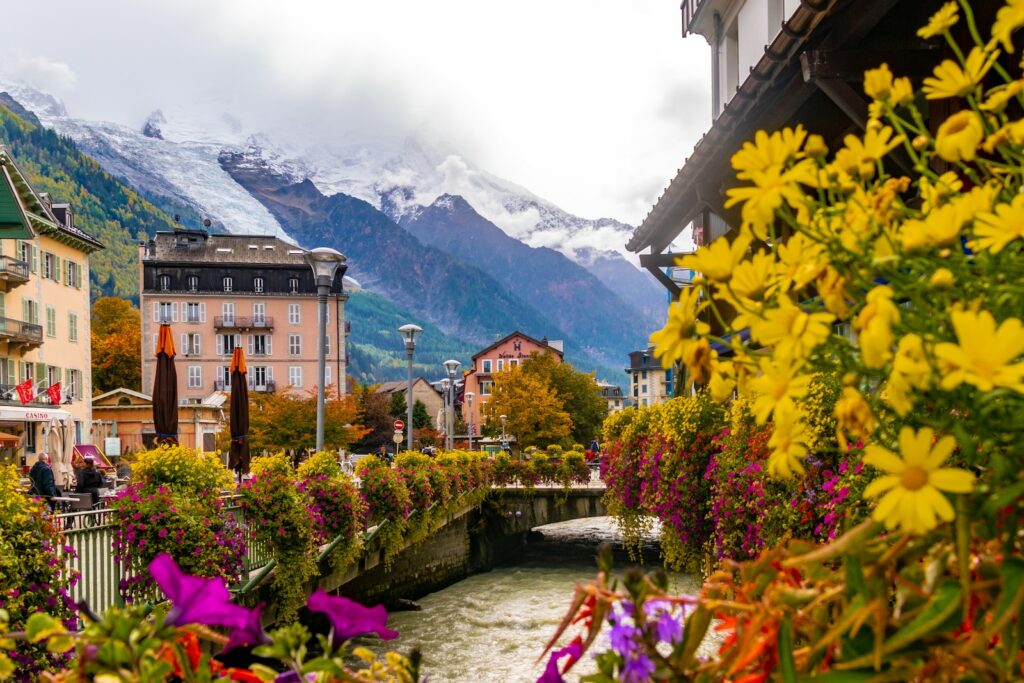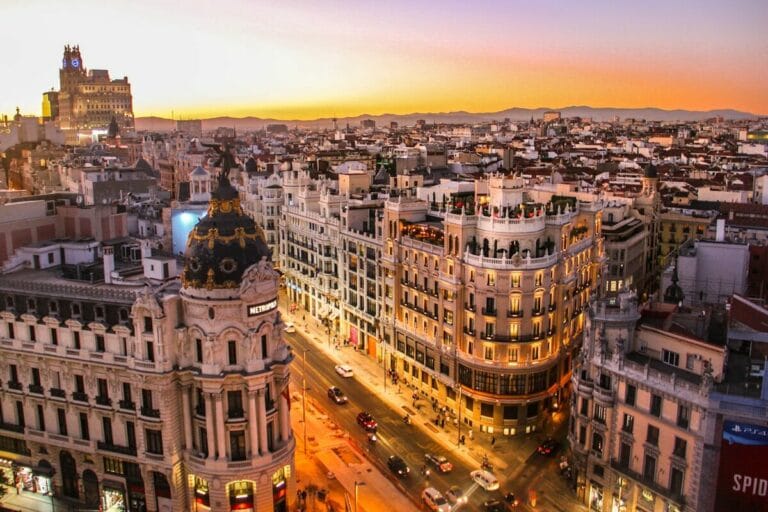The ‘Human Proof Tulip’ Blooming in the Most Beautiful Spring Gardens- History & Future
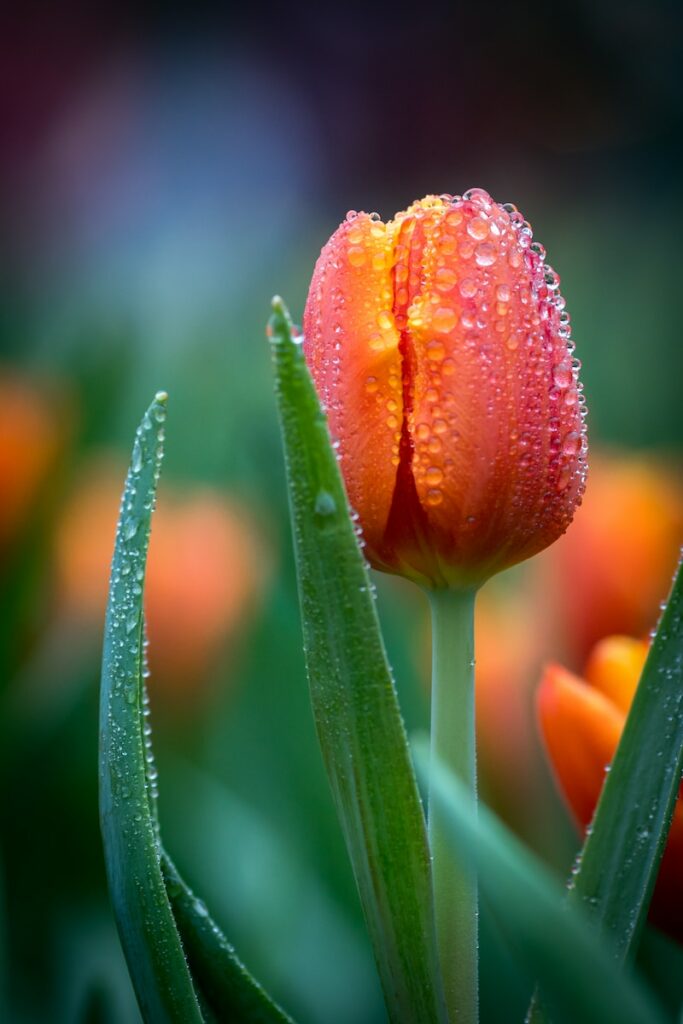
For the first time in history a human proof tulip was born last week in the most beautiful Spring Garden in the Netherlands. As Spring awakens, we can’t help but wonder what is the future of the world blooms vibrant colours? Spring gardens are not just spaces of beauty, they are living testaments to the creative energy of scientists and landscape architects who deftly weave together the wonders of nature.
Across the globe, these spectacular gardens showcase the delicate balance between the wild and the cultivated, reminding us of the undeniable bond between humans and the earth. Join us as we explore the most beautiful spring gardens in the world and celebrate the visionary architects behind them.
Table of Contents
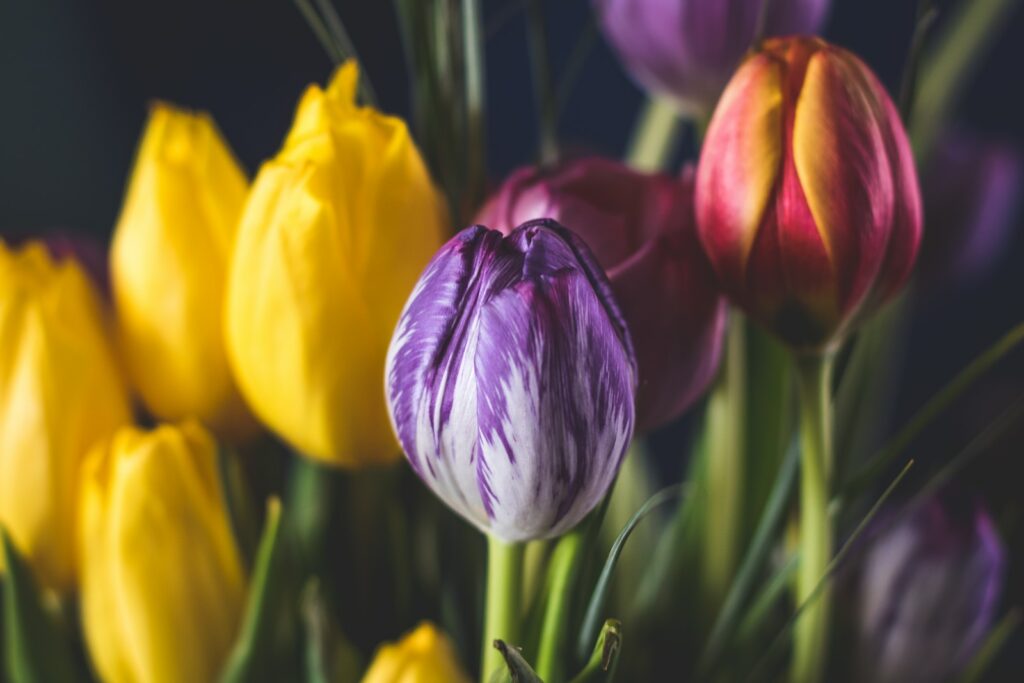
The ‘Human Proof Tulip’ blooming at Keukenhof Gardens, Netherlands, this Spring
The Keukenhof Gardens, often referred to as the “Garden of Europe,” is a mesmerizing 32-hectare floral paradise situated in Lisse, Netherlands. Every spring, the garden erupts in a symphony of colours as more than seven million tulips, hyacinths, and daffodils come into bloom. Landscape architect Jan David Zocher and his son, Louis Paul Zocher, laid the foundation for this breath taking garden in the 19th century. Their design, which evolved over the years, expertly balances the precision of formal gardens with the spontaneity of nature.
Keukenhof serves as more than just a canvas for its astounding 7 million spring-blooming bulbs; it also offers an idyllic setting for sculptures and various art pieces, adding depth and dimension to the park. In collaboration with 25 talented artists, Keukenhof creates a remarkable fusion of flourishing greenery and captivating visual art, resulting in a truly awe-inspiring experience.
Dutch flowers are world famous and every year millions of visitors travel to the Dutch tulip fields. Visitors often do not realize that they unknowingly cause damage to the fields as soon as they enter them. Often unconsciously, they cause damage to the bulbs. Bulbs are trampled and diseases can be transmitted. Damage to the growers runs into the thousands of euros every year. For this reason, the Netherlands Board of Tourism & Conventions (NBTC) has started a collaboration with the National Institute for Floricultural Science and Research (NIFSR). Together they worked on a tulip that is resistant to humans. The Flores Touristia was festively presented on Saturday 1 April.
Professor Erik Kummeling, head of research NIFSR: “At NIFSR we develop high-quality flowers that are stronger and more resistant to their natural enemy: humans. After a research period of more than two years in which we tested with, among other things, the specific properties of rubber and mangrove trees, flowers that stink and carnivorous plants, The Flores Touristia was finally developed. I can officially confirm that this tulip is 100% resistant to humans.”
Managing Director Jos Vranken, NBTC: “We made contact with the NIFSR in 2019 to help the horticultural sector generate more awareness for the potential damage to the bulbs. We are proud of the cooperation with NIFSR and above all of the fantastic result that has been achieved. After the previous awareness campaign #tulipfriendlyselfie from 2019, we are delighted to launch the Flores Touristia on 1 April”
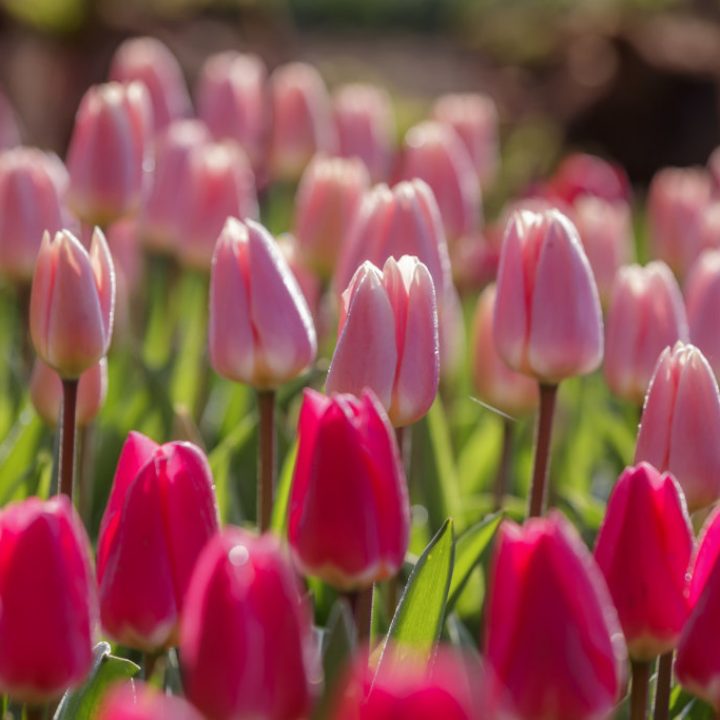
Butchart Gardens, Canada
Nestled on Vancouver Island in British Columbia, Butchart Gardens is a 55-acre oasis that bursts with life during spring. Jennie Butchart, the visionary behind this magnificent garden, transformed an exhausted limestone quarry into a haven for flora and fauna. Her vision came to life with the help of renowned landscape architect Isaburo Kishida. The garden boasts vibrant tulips, daffodils, and flowering cherry trees, weaving together a tapestry of colours that captivate the senses.
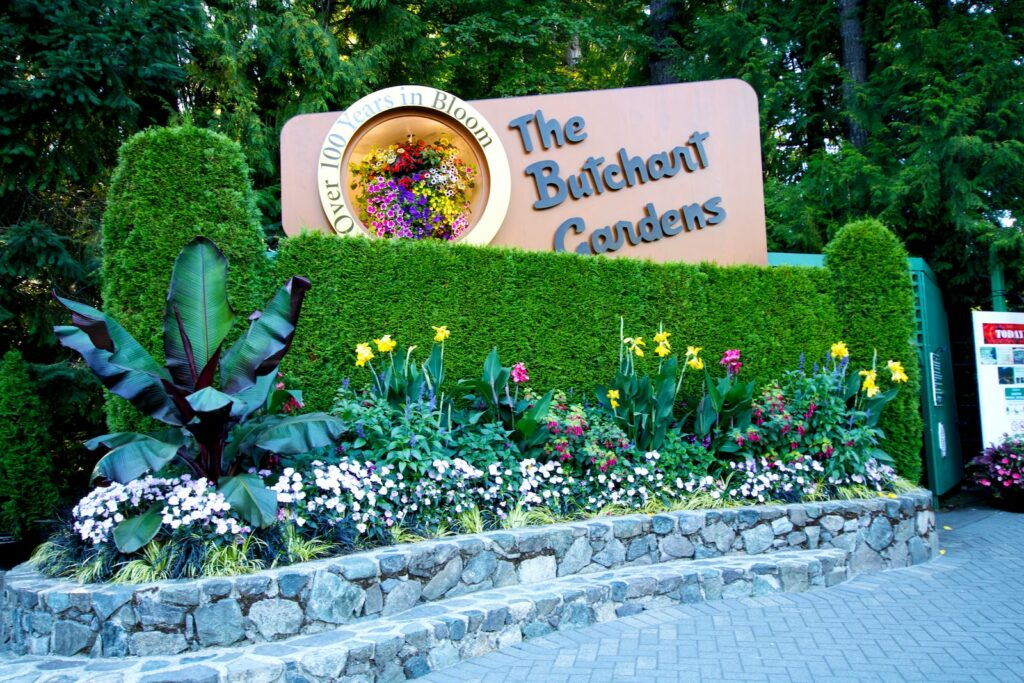
Nong Nooch Tropical Botanical Garden, Thailand
The Nong Nooch Tropical Botanical Garden in Chonburi, Thailand, stretches over 500 acres of lush, verdant landscape. Landscape architect Pisit Jaroenngam has masterfully combined Thai and European influences to create a one-of-a-kind garden experience. The garden’s springtime display features a stunning assortment of orchids, heliconias, and tropical palms, offering a vibrant showcase of Southeast Asia’s natural beauty.
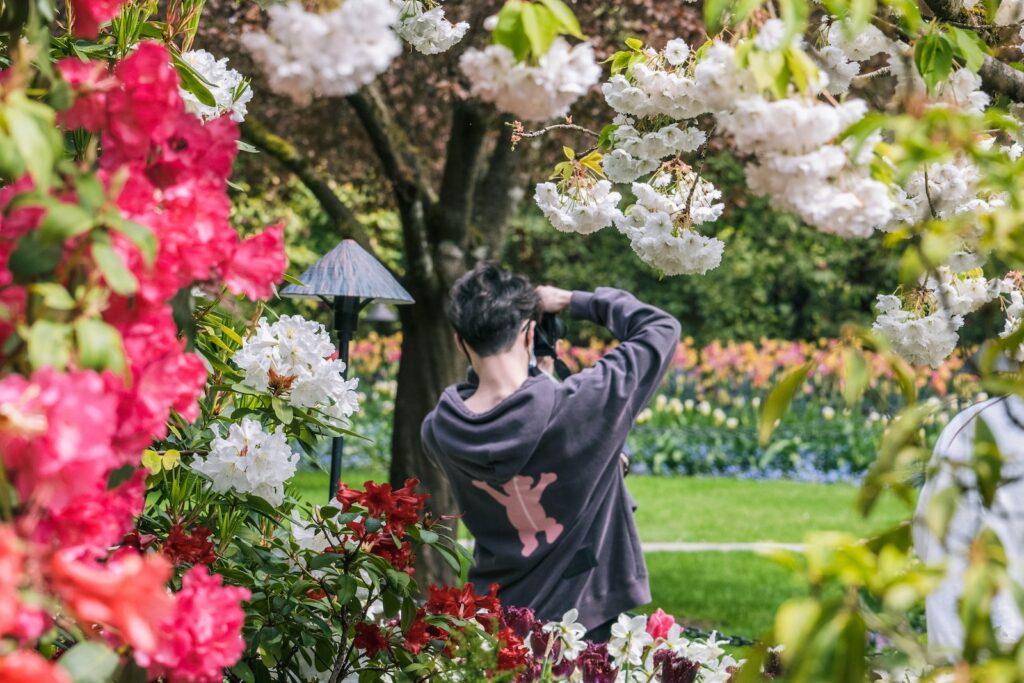
Jardin des Plantes, France
Founded in the 17th century, the Jardin des Plantes in Paris is a historic botanical garden that comes alive in spring. As the brainchild of French landscape architect André Le Nôtre, the garden is a testament to his love for symmetry and geometric patterns. Spring sees the garden adorned with cherry blossoms, magnolias, and irises, creating an enchanting atmosphere amidst the bustling streets of Paris.
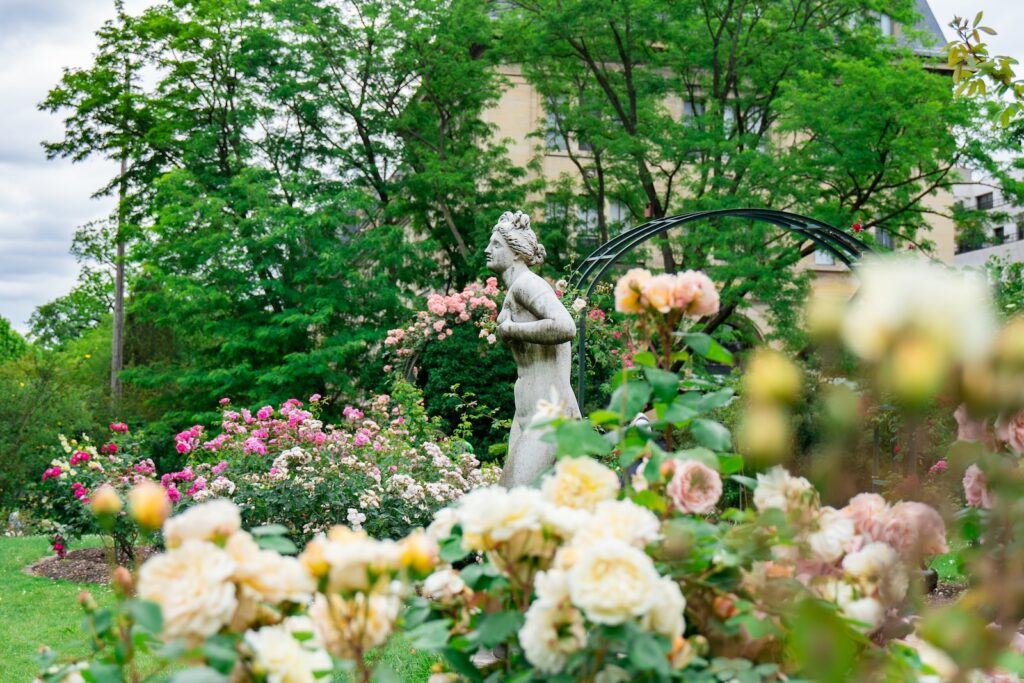
Villa d’Este, Italy
A UNESCO World Heritage site, the Villa d’Este in Tivoli, Italy, showcases the genius of landscape architect Pirro Ligorio. The garden, famous for its innovative water features and terraced design, is an ode to Renaissance landscaping. In spring, the garden’s cypress trees, azaleas, and roses come to life, while the gentle sound of flowing water creates a tranquil ambiance.
The world’s most beautiful spring gardens are a testament to the power of landscape architects to harness the beauty and energy of nature. As we wander through these captivating spaces, we are reminded of the harmony that exists between humans and the earth. As the season of renewal continues to unfold, let us celebrate these gardens and the visionary architects who have crafted these living works of art. Their creative energy is an enduring reminder that, when we embrace nature, we can create spaces of unparalleled beauty and serenity.

The history of gardens
The art of gardening dates back thousands of years, with evidence of cultivated gardens found in ancient civilizations across the globe. While the primary purpose of these early gardens was functional – providing food, medicine, and shelter – they evolved into spaces that celebrated the beauty and serenity of nature.
Ancient Egyptian Gardens
Ancient Egyptian gardens, dating back to 3000 BCE, were meticulously planned and designed for practical purposes as well as for aesthetic enjoyment. They often featured geometric patterns, reflecting the Egyptians’ understanding of order and harmony. These gardens were adorned with fruit trees, flowers, and ponds, providing sustenance and respite from the arid desert climate.
Persian Gardens
The Persian gardens, or ‘pairidaezas,’ were conceived as earthly representations of paradise. Originating around 4000 BCE, these gardens were carefully designed with water features, symmetrical layouts, and shade-giving trees. The most famous of these is the Bagh-e Fin in Kashan, Iran, which still showcases the principles of Persian garden design that have influenced Western gardening traditions.
Roman Gardens
Roman gardens, known as ‘hortus,’ became popular around 200 BCE. These gardens, typically attached to private villas, were designed to provide pleasure and relaxation for their owners. Roman gardens combined practicality with beauty, featuring fruit trees, vegetable plots, and ornamental plants alongside fountains, sculptures, and walkways.
Japanese Gardens
Japanese gardens, first developed in the 7th century, embody the principles of harmony, balance, and simplicity. Influenced by Zen Buddhism, these gardens showcase the natural beauty of their surroundings, incorporating rocks, water, and plants to create peaceful, meditative spaces. The art of Japanese gardening has continued to evolve, with modern gardens such as Ryoan-ji in Kyoto, Japan, reflecting centuries of horticultural tradition.
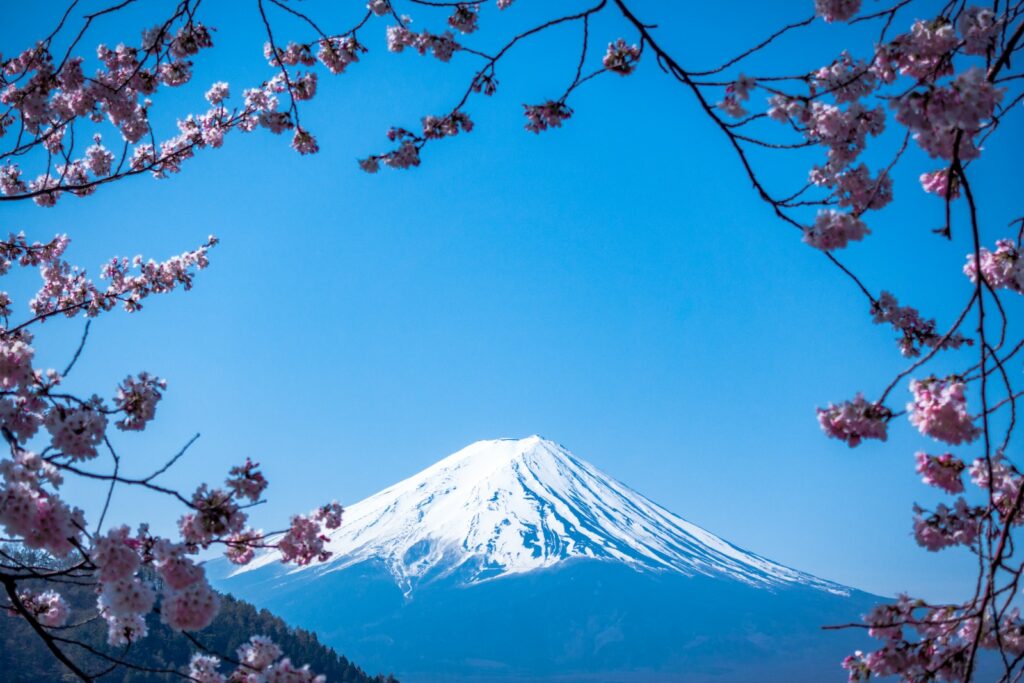
The future of gardens
As we look to the future, gardens will continue to evolve, adapting to the changing needs and values of our society. The focus will shift towards sustainable practices, technology integration, and public green spaces that foster community engagement.
Sustainable Gardening
The future of gardening will prioritize sustainability and ecological responsibility. This will involve the use of native plants, low-maintenance designs, and eco-friendly materials. Gardens will incorporate water-saving techniques, such as rainwater harvesting and drip irrigation, and use organic methods to improve soil health and reduce chemical inputs.
Technology Integration
Technology will play an increasingly important role in the future of gardening. Innovations such as smart irrigation systems, robotic lawn mowers, and drones for plant health monitoring will become commonplace. Virtual and augmented reality will also be used to design, plan, and visualize gardens, transforming the landscape architecture process.
Urban Green Spaces
As urban populations continue to grow, the need for accessible green spaces will become increasingly important. The future of gardens will see a rise in urban farming, vertical gardens, and community gardens. These spaces will not only provide natural beauty but also improve air quality, reduce heat islands, and contribute to food security.
Gardens of the future will increasingly be designed to promote physical and mental well-being. Therapeutic, medicine gardens are specifically designed for healing and relation for people suffering from stress and anxiety, will become more prevalent. These gardens will feature sensory elements, such as fragrant plants, soothing water features, and calming colours, to create healing environments.
The history of gardens is a testament to humanity’s enduring connection with nature. As we continue to move forward, the future of gardens will reflect our evolving values, priorities, and innovations. By embracing sustainable practices, technology, and the creation of inclusive, accessible green spaces, we can ensure that the gardens of tomorrow will be as inspiring and transformative as those that have come before.
Climate Resilient Gardens
Climate change is reshaping the way we think about gardening and landscape architecture. As a result, gardens of the future will be designed to withstand extreme weather conditions, such as droughts, floods, and heatwaves. This will involve selecting resilient plant species, using permeable surfaces to manage stormwater, and implementing shade structures to protect against heat.
Biodiversity and Wildlife Conservation
Future gardens will play a crucial role in supporting biodiversity and wildlife conservation. By creating habitats for pollinators, birds, and other beneficial species, gardens can contribute to preserving ecosystems and maintaining ecological balance. These wildlife-friendly gardens will incorporate native plants, provide shelter, and offer food sources to attract and support a diverse range of species.
Edible Landscapes
As the desire for local and organic food production grows, edible landscaping will become increasingly popular. The integration of edible plants into gardens, parks, and public spaces will not only provide fresh, healthy produce but also educate communities about the importance of sustainable agriculture. This movement will blur the lines between ornamental and functional gardens, creating spaces that are both visually appealing and productive.
Multifunctional Gardens
The gardens of the future will be versatile, designed to serve multiple functions and adapt to the changing needs of their users. These multifunctional gardens will incorporate elements such as outdoor workspaces, recreational areas, and social spaces, promoting a sense of community and connection with nature. By integrating various functions into one cohesive space, gardens will become central hubs for urban life.
The history and future of gardens are intrinsically linked to the ever-evolving relationship between humans and nature. As we continue to navigate the challenges of urbanization, climate change, and shifting societal values, gardens will remain a vital component of our lives, providing spaces for relaxation, inspiration, and connection to the natural world. Embracing the potential of innovative design, sustainable practices, and technology, we can ensure that the gardens of the future will continue to enhance our lives and contribute to the well-being of our planet.
